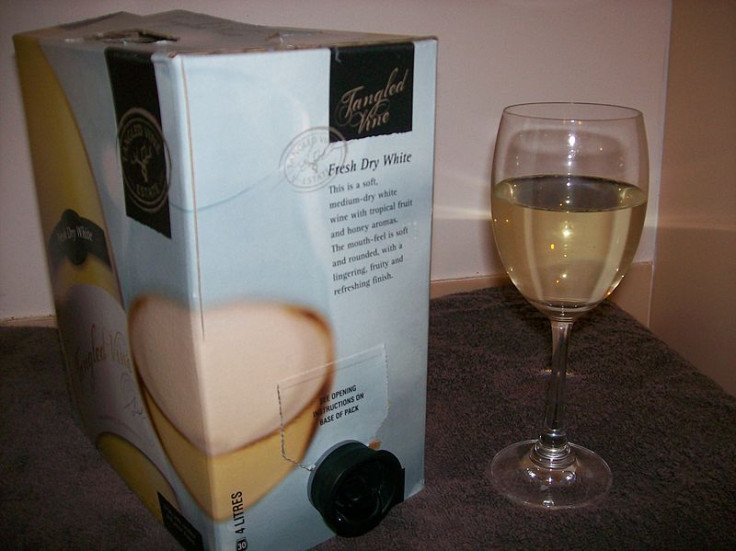Young adults drinking less, but one fifth of Australians drink 74% of all alcohol consumed each year

Unlike the beer swilling stereotype Australians are known for, alcohol consumption in the country has been, and still is on the decline.
A 2015 paper titled “Understanding recent trends in Australian alcohol consumption” by Michael Livingstone for the Foundation for Alcohol Research and Education found that heavy episodic drinking across Australia had fallen between 2001 and 2013, with more and more younger drinkers staying away from going over five drinks in one sitting.
“In the last 13 years young people, particularly those aged under 25, have sharply reduced their drinking; with increases in abstention rates among young adults driven by both changes in the cultural makeup of the population and the ageing of abstaining teenage cohorts into adulthood,” the research notes.
However very heavy episodic drinking rates, which refers to 20 or more drinks per occasion, remained relatively unchanged.
This translates to the top ten percent of drinkers in Australia now being responsible for an increasing proportion of total consumption - from 48.9 per cent in 2001, up to 53.2 per cent in 2013.
The amount of alcohol the heaviest five percent of drinkers were consuming in one go also did not budge, and stayed at around 37 litres of pure alcohol per person.
Although it may seem like young adults are the biggest contributors to the rising rates of very heavy episodic drinking, the report found that respondents between 30 and 59 were the ones showing signs of “problem drinking”.
The only population subgroup in which 20+ drinking significantly decreased was 14-17 year olds, while rates remained stable for young adults aged between 18 and 30.
The paper concludes that if these risky drinkers reduced their alcohol consumption to the recommended daily intake, national consumption would fall by 39 percent, or 38 million litres of pure alcohol.





















